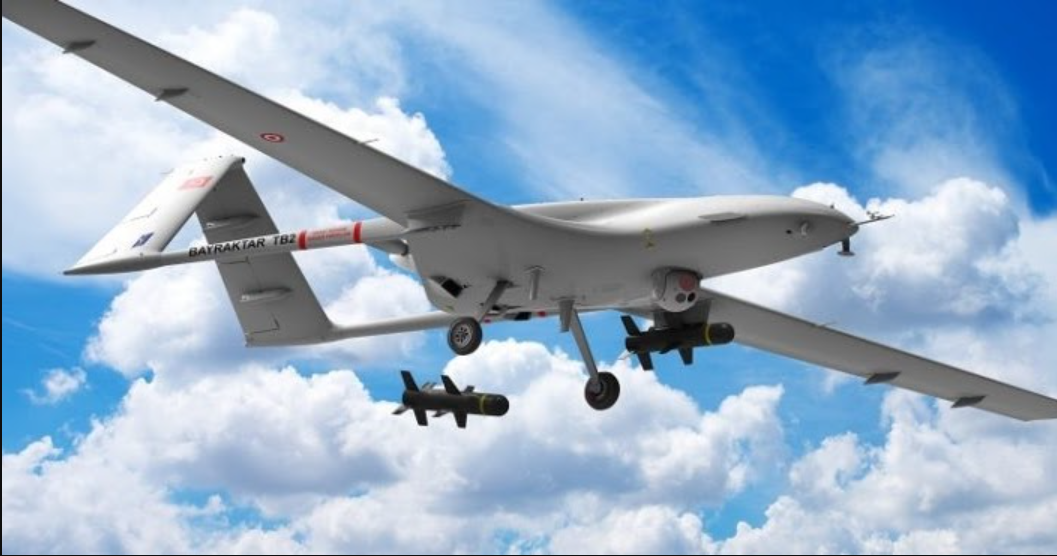 |
| Russian Iskander missile (Wikipedia) |
Missiles are easier to use in war crimes. The missiles need only two coordinates the launching point. And the point where the target is. The missile crew will give the target coordinates to the missile. And then the GPS/GLONASS system tells the missile its location and the distance to the target. When the target is in range, the system simply tells, that it's time to shoot.
The problem with that kinds of missiles is. They need to update their target's position all the time if the missile wants to hit the moving targets. The CEP (Circular Error Probability) depends on the accuracy of the positioning system. Things like radar and image (or imaging infrared) homing missiles require the position of the target and then the GPS or inertial navigation system will drive the missile to the point, where its trajectory starts to turn to the ground.
Then the seeker must see the target. If the seeker doesn't see the target the AI must decide does it detonates the missile in airborne. Or would it allow it to impact the ground? The thing is that AI-based imaging infrared systems are the new things and the computer code that is needed is complicated. And the most usual way to make a missile fly to its target is to use GPS/inertial navigation.
If there is no optical seeker the operators would not even know where they shoot their missiles. So the fault, if the missile hits civilian targets, is the person who gives coordinates to the guidance system.
Those drones can observe the ground operations but they are capable to destroy both anti-aircraft and short-range ballistic missiles. They can use along with the manned aircraft or alone against all ground targets. The thing is that the controller of the system sees the target. And if there are some civilians those drone operators should see also that thing.
The thing is that the high-flying low-enduring drone is always quite a hard target for ground-based systems. The piston engine leaves a very low infrared signature. The question is why Russian military have not those systems?
 |
| Bayraktar TB-2 (Redditt) |
The answer could be that the drone can use for so-called "surgical strikes". And that means drones are useful also things like assassination missions. The thing is that drones are effective and dangerous tools is that they can be almost everywhere. Small UCAV drones can carry to operational areas even in the trunk of the car.
And they can leave to the attack position. The drone can be a quadcopter or it can be aircraft-shaped like Boeing Dominator. So when the target is coming to the operational area it will go airborne. The aircraft-looking drone can use a balloon for lift-off.
And the operator can make that strike from a long distance. That thing makes them very frightening. And the weapon systems must be frightening because they deny the attacks from foreign countries. The purpose of the military system is to put fear in the mind of enemies. And that thing makes all successful weapon systems rough, brutal and shocking.
https://interestandinnovation.blogspot.com/




No comments:
Post a Comment
Note: Only a member of this blog may post a comment.